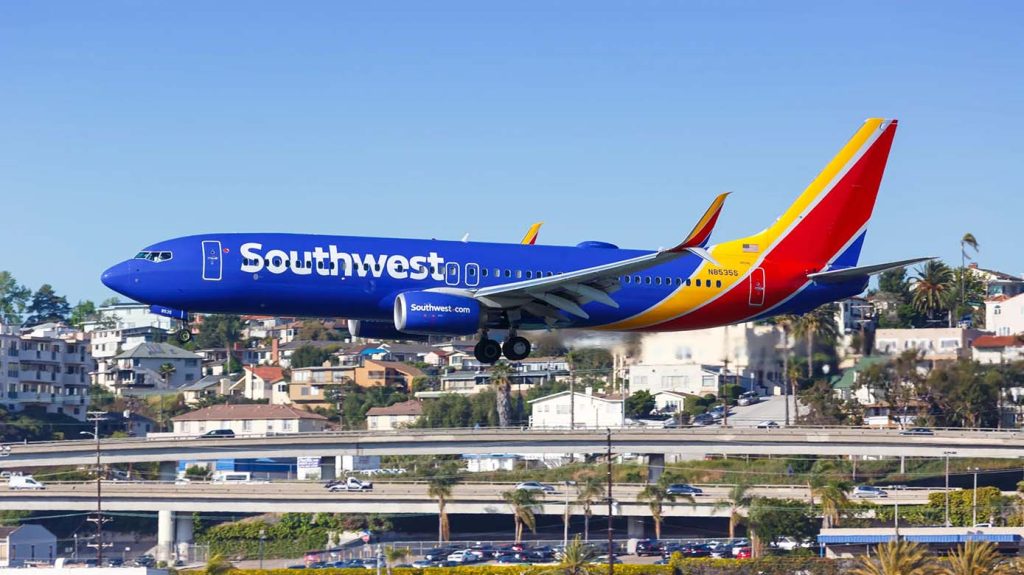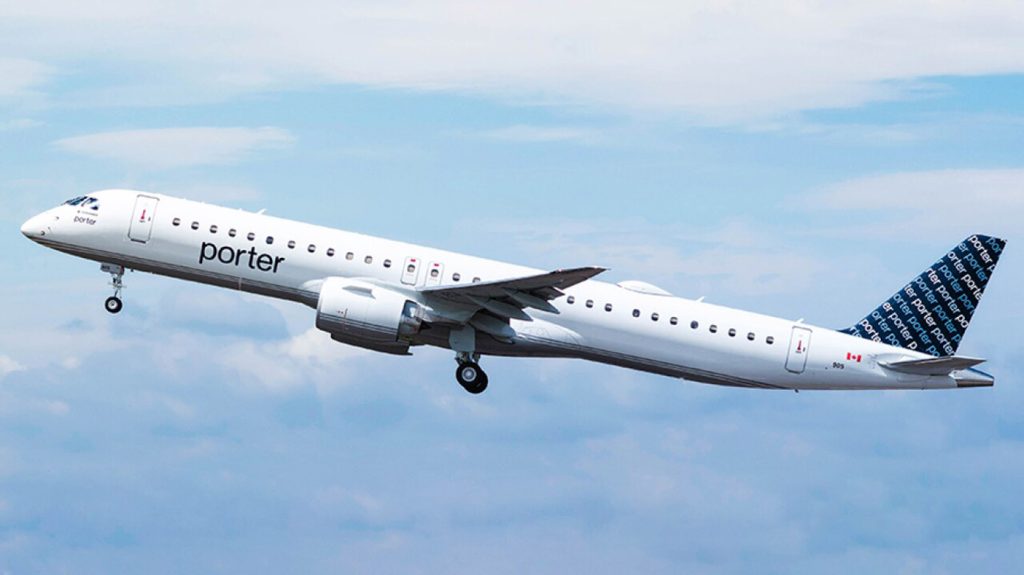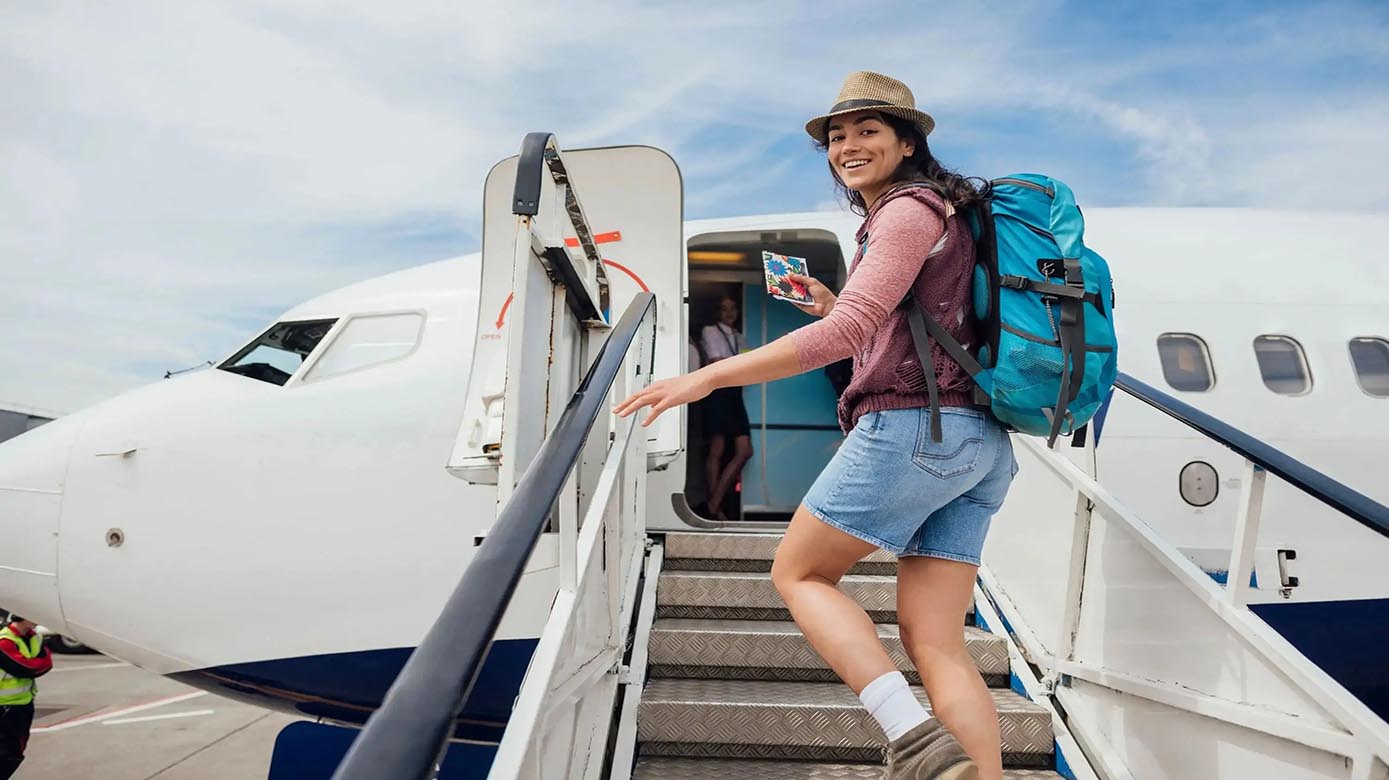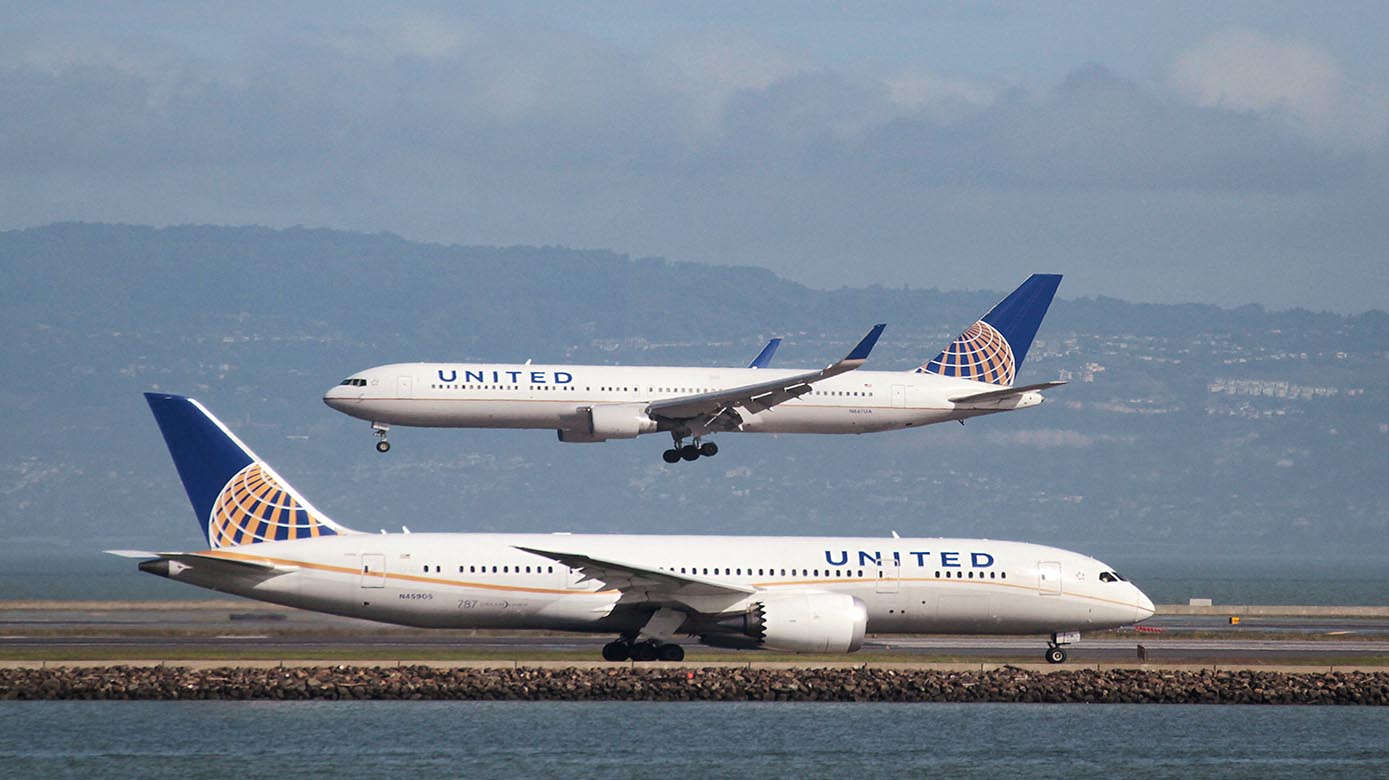I’ve always loved the thrill of travel, the anticipation that builds as I hunt for flights, imagining myself strolling through a new city or revisiting a favorite one. Over the years, I’ve learned that scoring an affordable flight to San Diego isn’t just about luck—it’s about strategy, patience, and a few tricks that only seasoned travelers tend to know. I’ve spent countless hours navigating booking platforms, testing different dates, and experimenting with timing, and I want to share my personal approach to finding flights that won’t break the bank.
San Diego has a charm that’s impossible to resist. The salty ocean breeze, the vibrant Gaslamp Quarter, the quiet beauty of La Jolla, and the endless food adventures all make me want to return again and again. Yet, the flight prices can fluctuate wildly. I remember planning a last-minute trip once and being shocked to see a ticket price triple overnight. Since that day, I’ve committed myself to understanding the nuances of booking flights, and through trial, error, and a lot of research, I’ve found strategies that consistently save me hundreds of dollars.
I usually start my search on platforms I trust: Kayak (https://www.kayak.com), Expedia (https://www.expedia.com), Skyscanner (https://www.skyscanner.com), and Google Flights. These tools allow me to compare airlines, dates, and even airports, helping me uncover hidden deals that might otherwise be missed.
Tip 1: Be Flexible with Travel Dates
One of the biggest lessons I’ve learned is that flexibility is everything. I remember once searching for a weekend flight to San Diego in July. The prices were astronomical—over \$450 for a round trip from my hometown. Frustrated, I decided to shift my dates by just a couple of days. To my astonishment, a flight leaving on Tuesday and returning the following Thursday was only \$295. That \$155 difference felt like winning a mini-lottery.
I’ve discovered that mid-week flights are generally cheaper than weekend departures. Tuesdays and Wednesdays seem to be magic days when airlines release lower fares. I also keep an eye on holidays or local events in San Diego—Comic-Con, Fleet Week, and major sports events can skyrocket prices, so avoiding these windows whenever possible has saved me a lot.
I often use Kayak’s “Flexible Dates” search feature. Typing in my departure city and San Diego, I can see a calendar view with prices for each day. I remember one trip when I noticed a \$50 difference between leaving on Monday versus Tuesday. It might not sound like much, but that difference adds up when you’re booking for a family or multiple travelers.
Personal Reflection: Flexibility doesn’t just save money; it turns the planning process into a small adventure. I enjoy imagining different itineraries, picturing myself exploring the beaches or hiking in Torrey Pines depending on the days I choose to fly. It makes the whole journey feel more intentional and less stressful.

Tip 2: Set Fare Alerts and Be Ready to Pounce
Another trick I swear by is setting up fare alerts. I’ve had countless experiences where a ticket hovered at \$400 for weeks and then suddenly dropped to \$250. Being ready to act when that happens is crucial.
I rely on Google Flights and Skyscanner for fare alerts. On Google Flights, I input my desired route and dates, then toggle the “Track Prices” button. I start receiving daily emails showing price changes. The first time I used this method, I got an alert for a flight that had dropped from \$380 to \$260. I booked it immediately. The adrenaline rush of snagging a deal is honestly addictive.
The key is not to hesitate. Airlines can adjust prices multiple times a day, and a fare you see in the morning might vanish by evening. I usually check my alerts twice daily, once in the morning with my coffee and once at night before bed. On a few occasions, I even set alerts for multiple nearby airports. For example, if I’m flying from Los Angeles to San Diego, I’ll track flights to both San Diego International Airport (SAN) and nearby airports just in case one offers a better deal.
Personal Reflection: Setting alerts has transformed how I approach flight bookings. It feels like a game—watching prices fluctuate, predicting trends, and swooping in at just the right moment. It’s not just about saving money; it’s about the satisfaction of being in control of my travel plans.
Tip 3: Compare Nearby Airports
I’ve learned that limiting myself to just one airport can be costly. In San Diego’s case, most travelers aim for San Diego International Airport (SAN), which is convenient and centrally located. However, when I was booking a trip from Los Angeles, I noticed that flights to John Wayne Airport (SNA) or even Ontario International Airport (ONT) sometimes came at a fraction of the price, and renting a car or taking a short drive could still make the trip worthwhile.
One weekend, I was set on flying directly to SAN, but after checking Expedia (https://www.expedia.com), I found a round-trip flight to John Wayne for \$210, compared to \$350 for SAN. I booked it instantly and enjoyed a scenic drive down the coast. The savings allowed me to splurge on a sunset harbor cruise in San Diego, turning a small flexibility in airport choice into an opportunity for adventure.
When comparing airports, I pay attention to:
- Travel time and transportation costs: Is the savings worth the extra drive or shuttle fare?
- Airline options: Some smaller airports have fewer carriers, but budget airlines like Southwest or Alaska Airlines often run cheaper flights.
- Flight times: Late-night or very early flights can be cheaper, but I weigh that against convenience and my energy level.
Personal Reflection: Exploring alternative airports has turned what could be a stressful decision into part of the adventure. I’ve discovered small towns, scenic highways, and quirky roadside stops simply because I didn’t limit myself to the obvious airport choice.
Tip 4: Use Incognito Mode and Clear Cookies
This one might sound like a small trick, but it’s saved me hundreds over the years. Many travel websites, I’ve noticed, track your search history and sometimes increase displayed prices if they detect repeated searches for the same route.
I make it a habit to book flights in incognito mode on Chrome or Safari. Before even typing in San Diego, I clear cookies and log out of any airline accounts. The difference can be dramatic. Once, after searching repeatedly for a weekend flight from New York to San Diego, the price jumped from \$320 to \$450. Switching to incognito mode and rechecking brought the fare back down to \$325—a \$125 difference just from hiding my browsing activity.
Practical Steps:
- Open a private browsing window before searching flights.
- Compare results between incognito and regular browser sessions.
- Log out of loyalty accounts or apps while hunting for fares.
I also combine this with multi-platform searches. I start on Kayak, then check Google Flights, followed by Skyscanner. Occasionally, an airline’s official site might offer a “web-only” deal that isn’t listed elsewhere.
Personal Reflection: I’ve come to think of flight booking like detective work. The little details—cookies, browsing history, search timing—matter more than I ever imagined. There’s a thrill in outsmarting the system and knowing I’ve secured the best possible deal.
Tip 5: Consider Budget Airlines and Layovers
Finally, embracing budget airlines and flexible routing has been a game-changer. I used to insist on major carriers, believing comfort justified the cost. But after experimenting with Southwest Airlines, Spirit, and Frontier, I realized how much I could save while still enjoying a smooth flight.
For example, I once booked a round-trip flight from Chicago to San Diego via Spirit Airlines for just \$180, whereas United and American were hovering around \$350. Spirit’s no-frills approach requires careful attention to luggage fees and seat selection, but I view it as a puzzle—pack light, bring a personal item, and I can easily avoid extra charges.
Another time, I considered flights with layovers. Direct flights are convenient, but a one-stop flight through Phoenix saved me \$90 and gave me a brief opportunity to explore a new airport city. Sometimes, I even schedule a longer layover intentionally if it allows me a mini-excursion, like a two-hour coffee break in downtown Phoenix.
Booking Tips for Budget Airlines:
- Check baggage policies carefully. Paying for bags in advance is almost always cheaper than at the airport.
- Use Hopper (https://www.hopper.com) to track the best days to buy and travel with budget carriers.
- Sign up for airline newsletters; budget airlines frequently send flash deals to subscribers.
Personal Reflection: Budget airlines and layovers have taught me patience and planning. I’ve discovered that with a little flexibility and preparation, I can turn what might feel like inconvenient flights into opportunities for mini-adventures, savings, and stories to share.

Extra Tips and Personal Observations
Over time, I’ve also noticed patterns that aren’t necessarily “official tips,” but they’ve worked repeatedly for me:
- Check for student or youth discounts: Websites like StudentUniverse (https://www.studentuniverse.com) occasionally offer lower fares for students or young travelers.
- Stack deals: Some credit cards or travel apps provide cash back or points that can effectively lower your airfare.
- Be patient but decisive: Flight deals appear and disappear quickly. I try to wait for a dip in price but book as soon as it feels fair. Hesitation can cost far more than acting a day too early.
- Travel light: Avoiding checked luggage whenever possible not only reduces cost but simplifies the experience, letting me move faster and stress less.
- Combine bookings with accommodations: Occasionally, booking a flight and hotel together on platforms like Expedia or Priceline can unlock additional savings. I remember pairing a round-trip ticket to San Diego with a three-night stay at a budget-friendly hotel for an effective combined rate that felt unbeatable.
I also make it a habit to read recent traveler reviews on platforms like TripAdvisor (https://www.tripadvisor.com) to understand airline service quality and hidden fees. Over the years, this has saved me from unpleasant surprises and helped me choose flights that balance affordability with comfort.
Booking affordable flights to San Diego is more than just a task—it’s part of the adventure. Each trip begins with anticipation, and by applying these strategies, I not only save money but feel empowered, informed, and ready to embrace the city’s beauty, food, culture, and coastline. The thrill of finding a fare under \$200, the joy of exploring a new terminal city, the satisfaction of outsmarting surging prices—it all becomes part of the travel narrative.
Using platforms like Kayak, Google Flights, Skyscanner, Expedia, Hopper, and StudentUniverse, I’ve learned to navigate price fluctuations, airport choices, and airline quirks with confidence. Whether it’s a spontaneous weekend getaway or a meticulously planned vacation, these tips ensure that flying to San Diego remains accessible, affordable, and full of anticipation for the adventures that await.
I’ve shared the strategies that consistently work for me, the moments of triumph when I snagged a fare at the perfect time, and the little lessons I’ve learned along the way. With flexibility, research, and a willingness to explore options beyond the obvious, anyone can enjoy the thrill of a great deal while preparing to explore all that San Diego has to offer.



